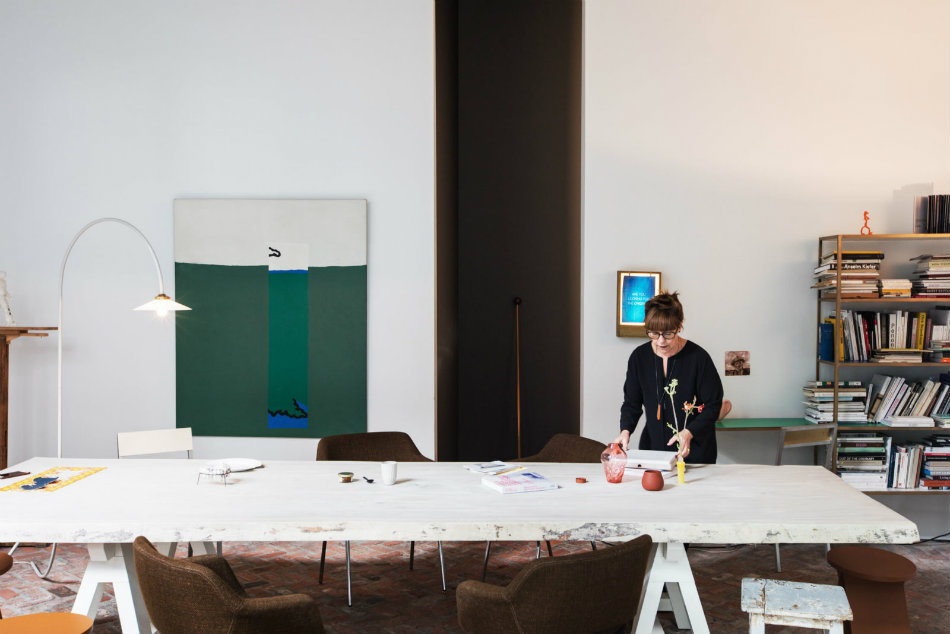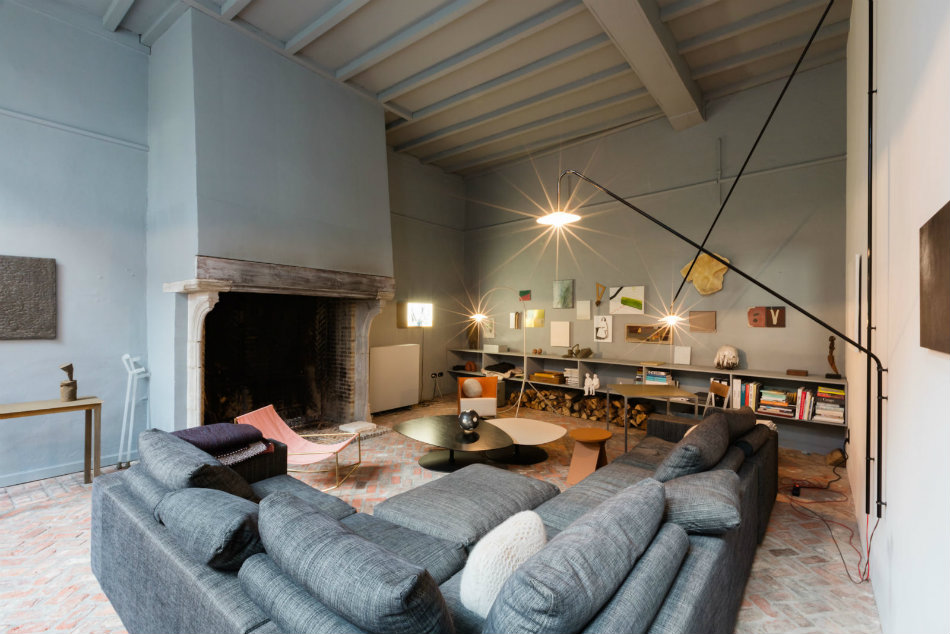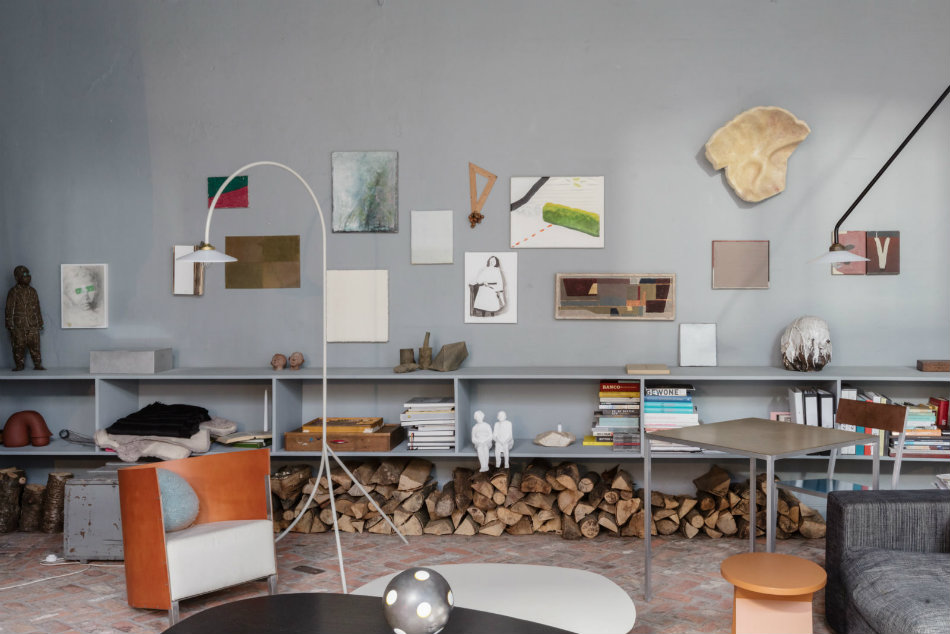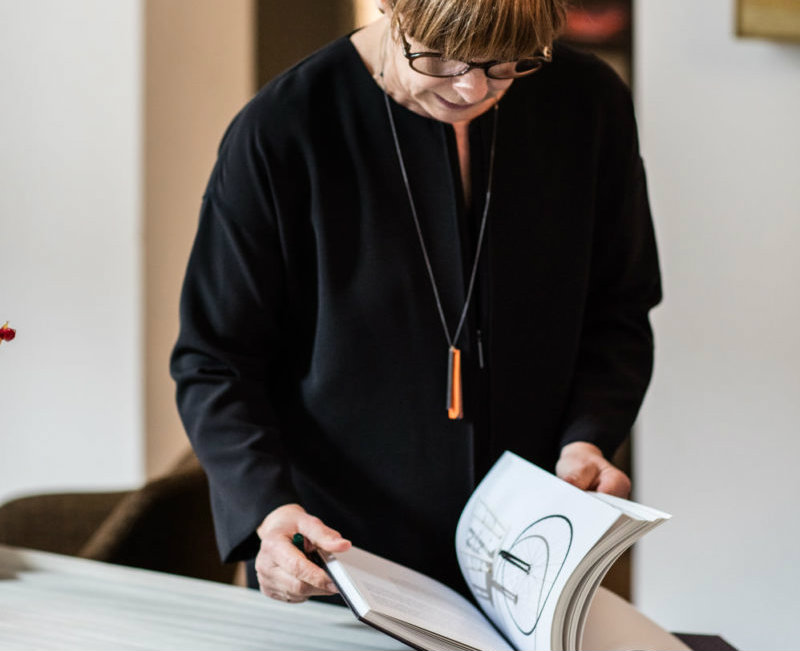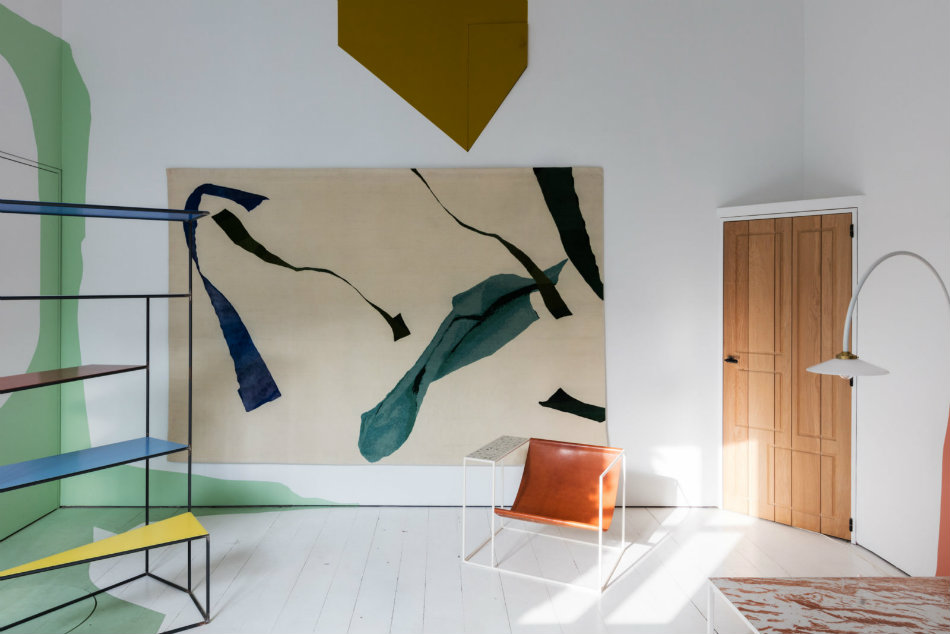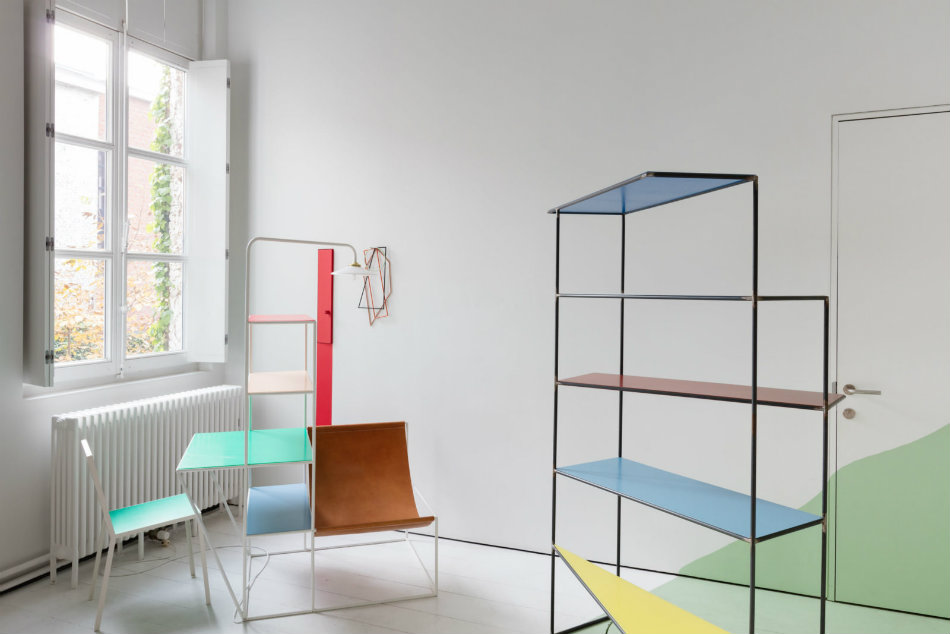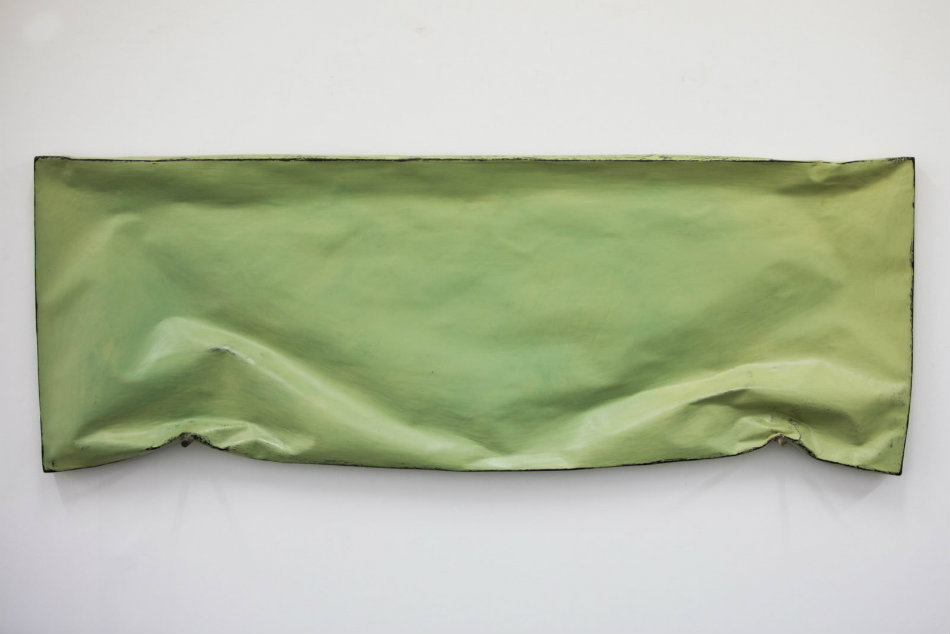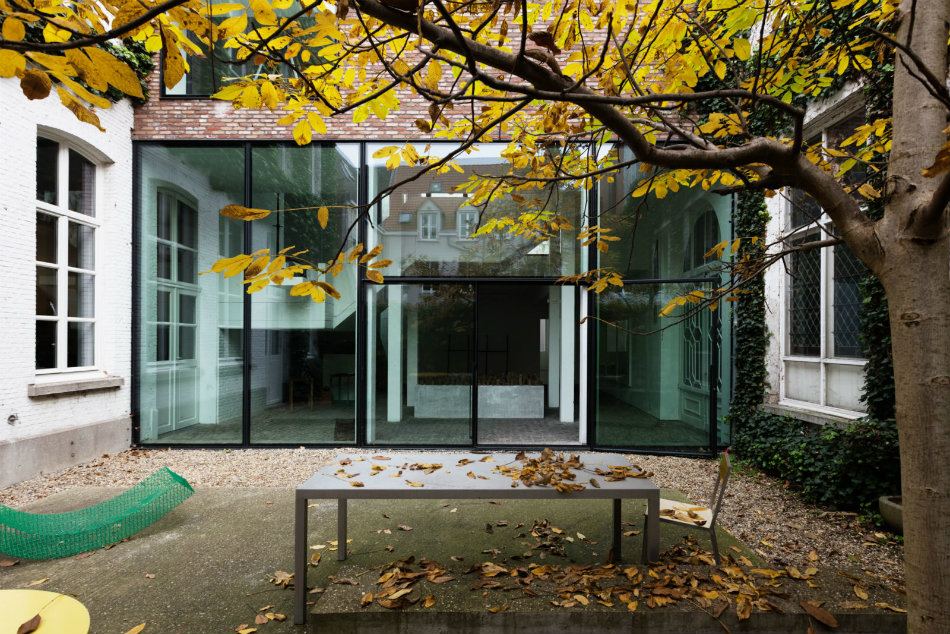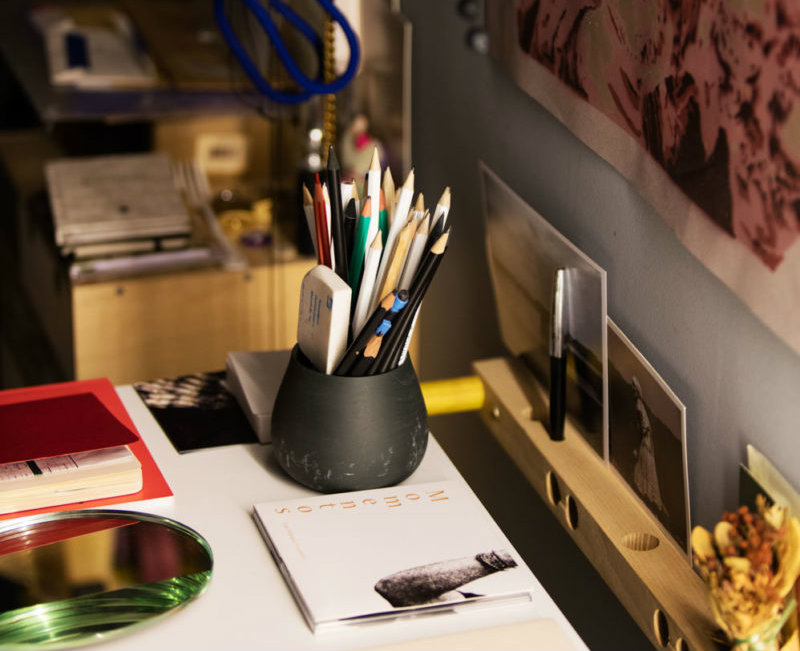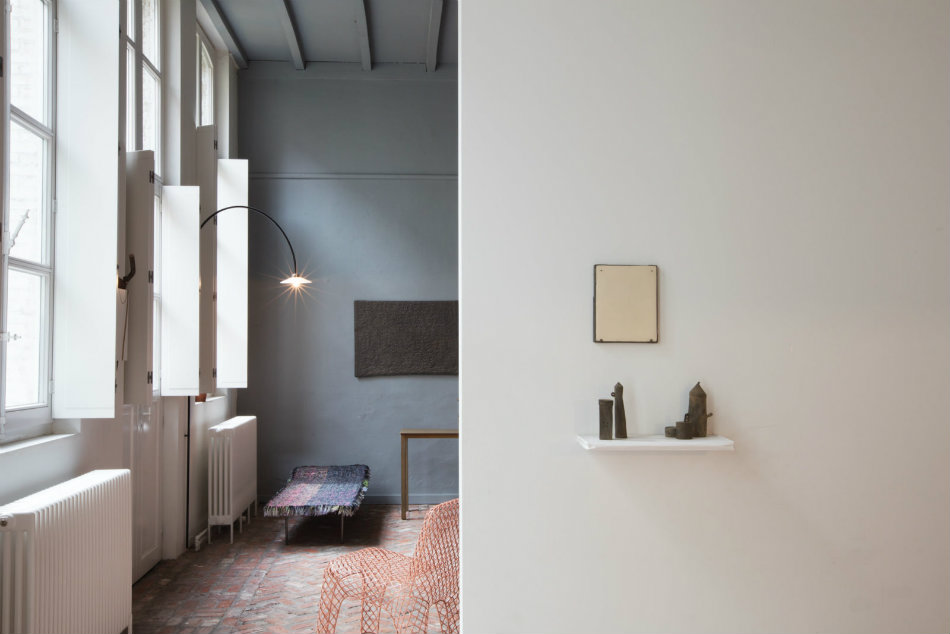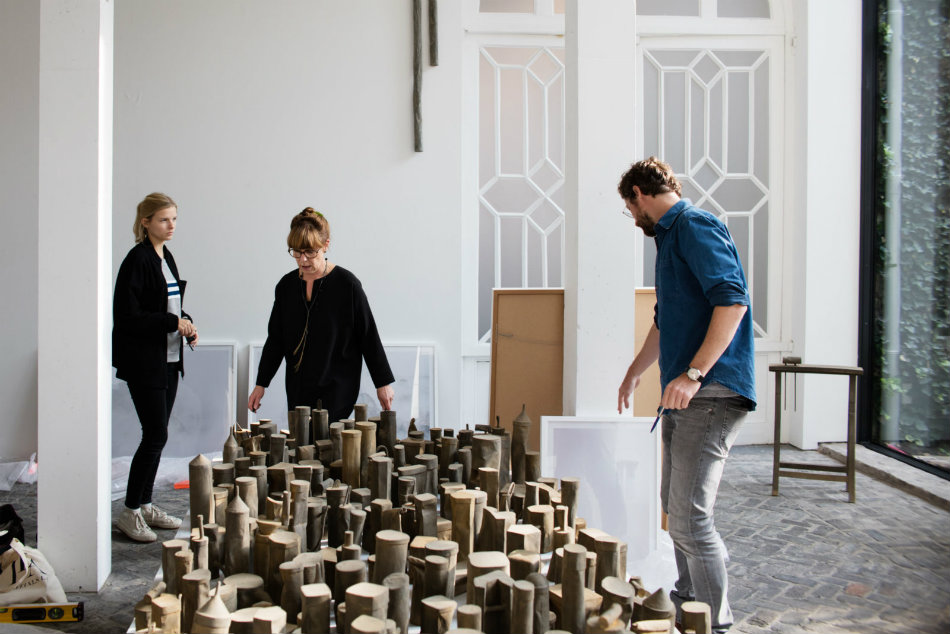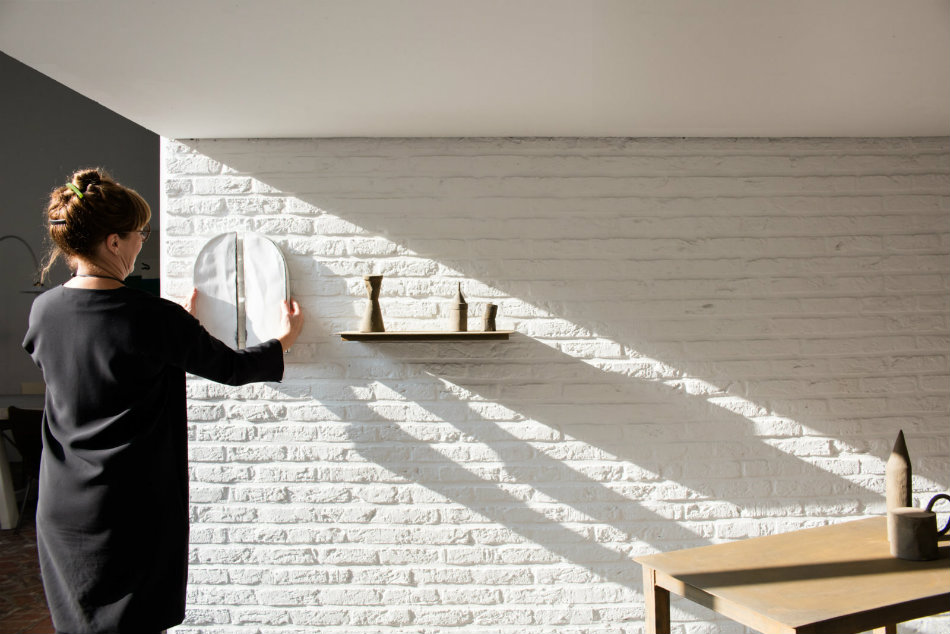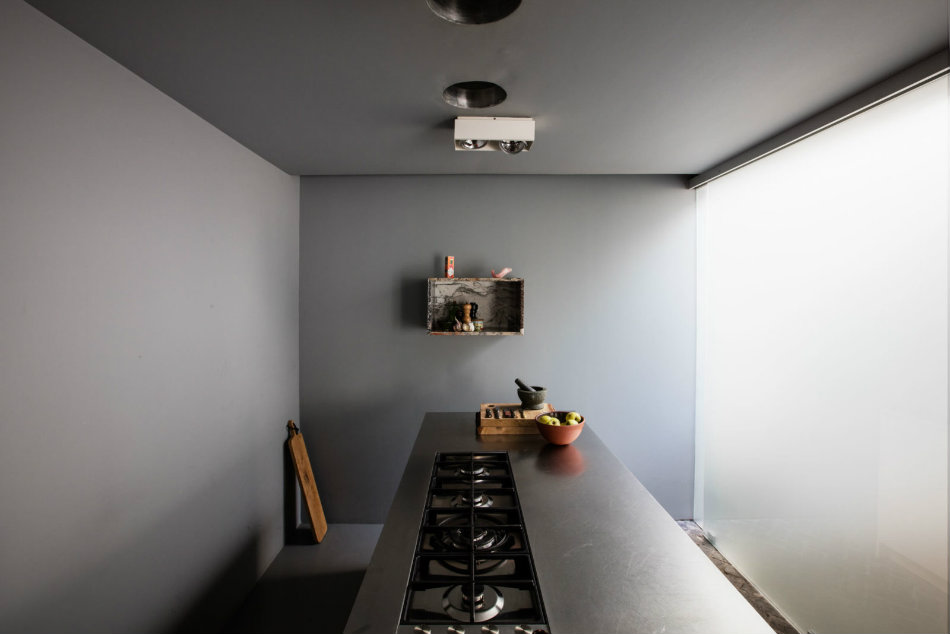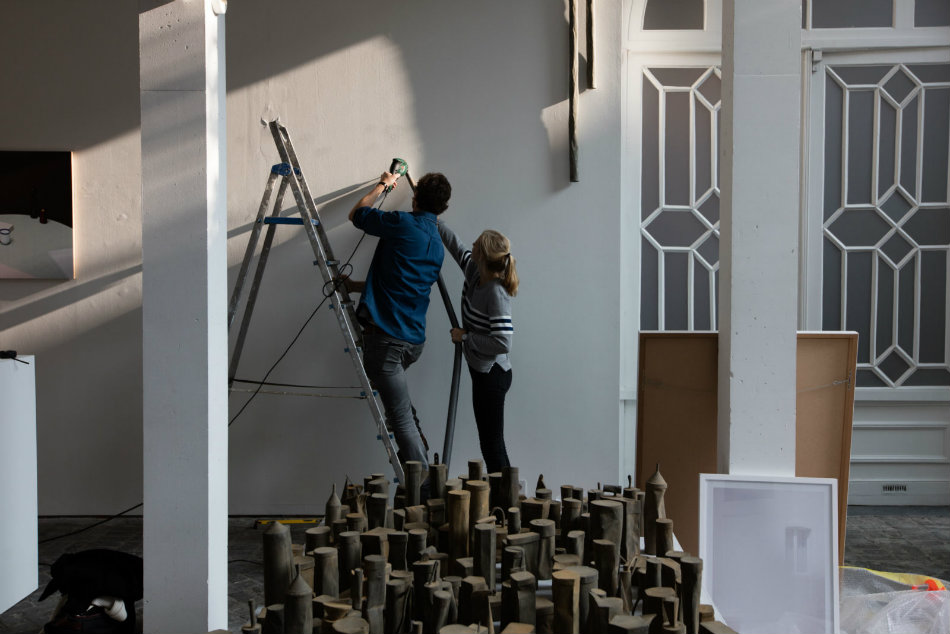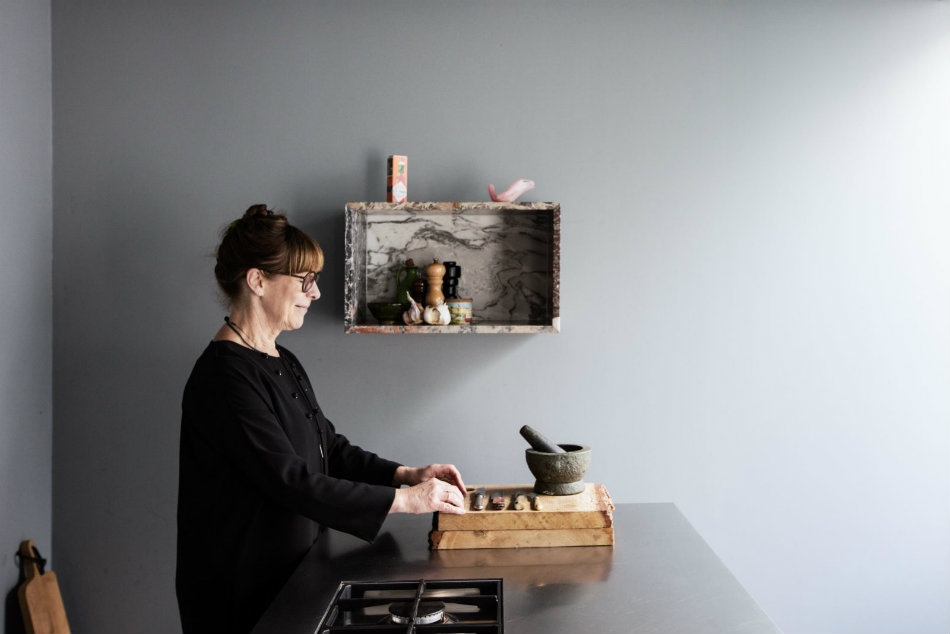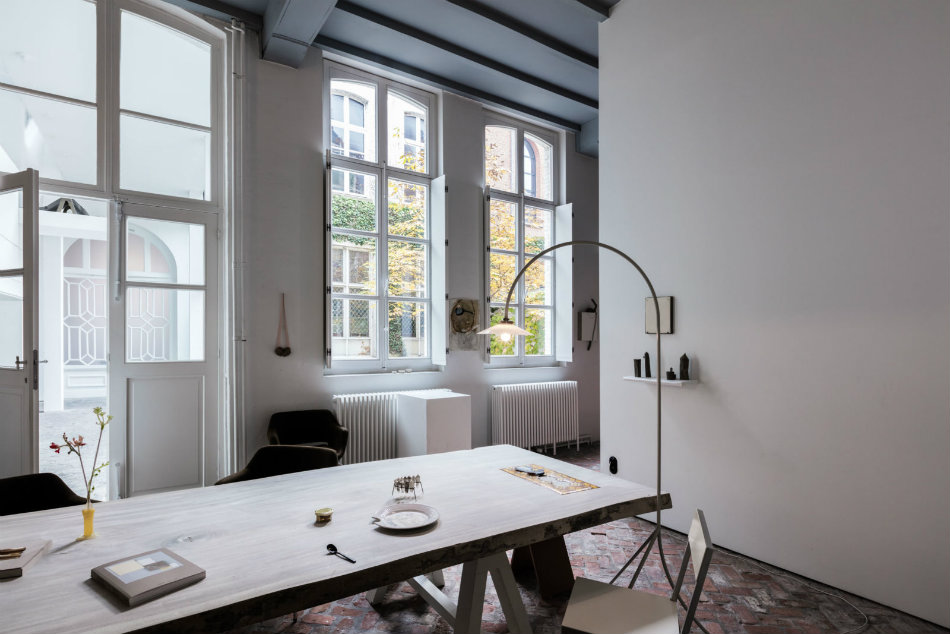Veerle is certainly no stranger to reinvention or imagination, her life has spanned the creative fields: “I’m already 60 years old so I have a bit of a past!” Veerle began her career trajectory as the only woman studying architecture in Ghent during the ’70s, a fact she mentions only in passing—more interested in discussing the practical side of her working life. “While architecture for me is still so important, I didn’t want to be an architect. When you design a building it is there for an eternity,” she says with a smile before adding, “which means if you make a mistake, you have to face that for your whole life. There are already so many mistakes, I didn’t want to add another.” For Veerle, the pace of the industry was also too slow, so she moved from architecture to advertising, and then—by chance—to the world of art.
After twenty years in communication design, a curatorial opportunity led to her third career incarnation as a gallerist. She was invited to co-curate an exhibition combining art and design at Belgium’s Musée des Arts Contemporains: “For me it was heaven! It was the first time we could move outside of the mainstream, beyond sectors and disciplines.” With over forty designers and artists—from the unknown to the high profile—the project, titled The Fabulous Destiny of the Quotidian, reimagined utilitarian pieces from the home. The exhibition and its concept was a catalyst for Veerle, “At that moment, I thought if I had a career switch it would be to work in an independent way, to work with creative people, but to not be dependent on a brand and not with the sole aim of selling things.” Which is why we find her today at Valerie Traan, not so much a gallerist as an archivist of people and stories.
Collecting art is something of a family tradition, Veerle grew up with parents who bought pieces exclusively from people that they knew. “In the ’60s my father started buying pieces from people he knew from places around Belgium.” It was a time that predated accessible international art fairs, and collectors commonly acquired work directly from the ateliers of their artist friends. The purchasing of artworks quickly became a family task, hung on the walls of Veerle’s Antwerp home are pieces by Belgian artists Raoul De Keyser and Roger Raveel, artworks she helped her father choose during the ’70s. Looking at Valerie Traan, it seems obvious that Veerle inherited the idiosyncratic collecting style of her parents. As we wander through her gallery she explains the pieces less as art, and more as receptacles for memories and reminders of friendships: “The beauty for me is in the story, in the people who made the story.”
Her curatorial design is derived from storytelling. Valerie Traan, Veerle explains, was never supposed to be an art gallery—at least not in a traditional sense. “There are enough good galleries, and I didn’t want to be the thirteenth ‘maybe-good’ gallery.” To establish a point of difference, she has anchored the gallery in the subjects behind the objects she exhibits. She is more concerned with moving people outside of their disciplines than she is with traditional artistic styles and expectations of what a gallery should and should not exhibit. “From the beginning I wanted to have people coming out of their comfort zones. It’s great to get an architect out of their comfort zone, because at that moment they will feel free without the weight of having to be successful in architecture. You’re free when you’re outside your own art.” Veerle asks artists to reimagine objects as small as spoons and subjects as large as themselves. She tells us excitedly about the projects of creatives who have broken with the tradition of their discipline—the architect who designs furniture, the perfumer who prints 3D objects.
Interview: Magali Elali
Photography: Bart Kiggen
Source: FreudeVonFreuden
